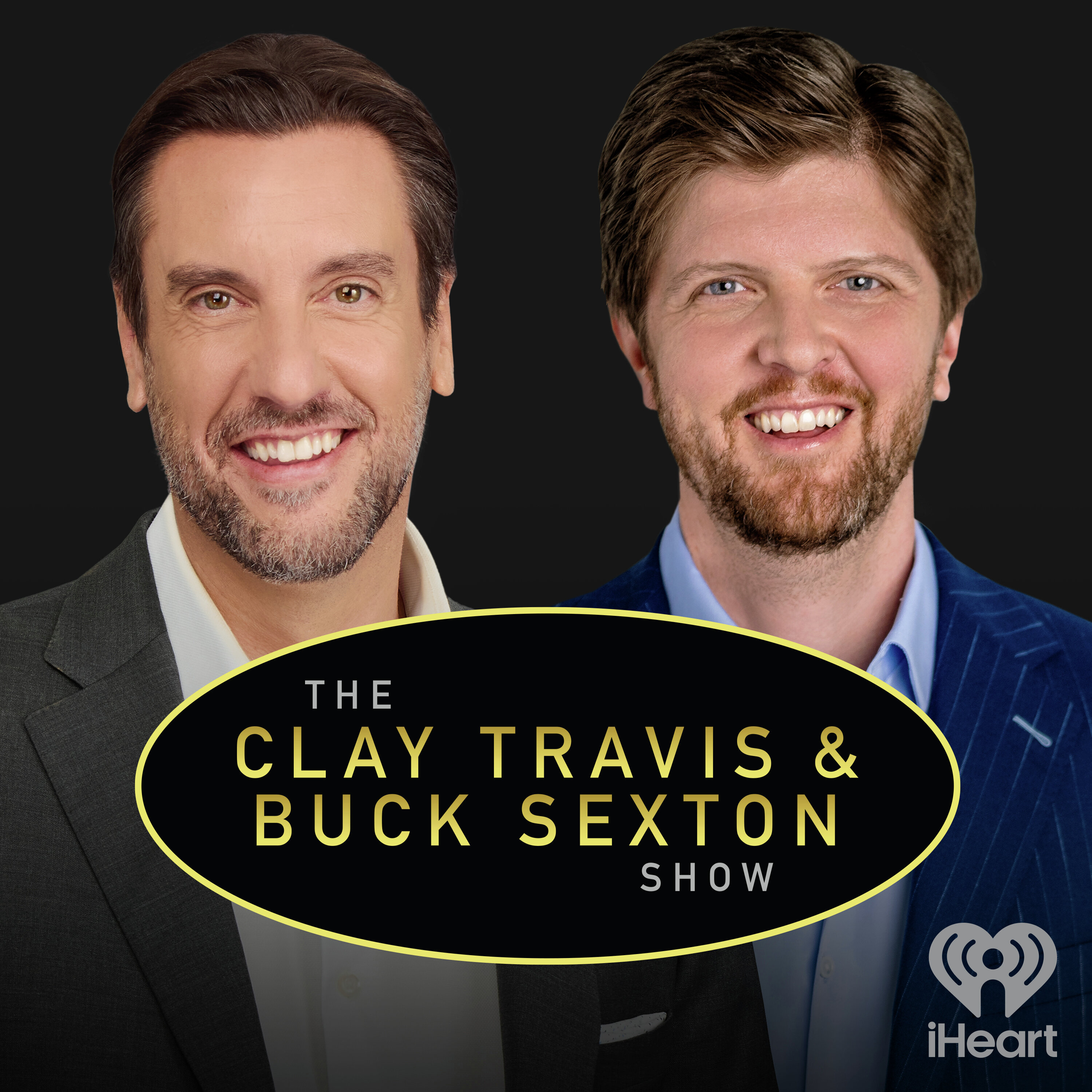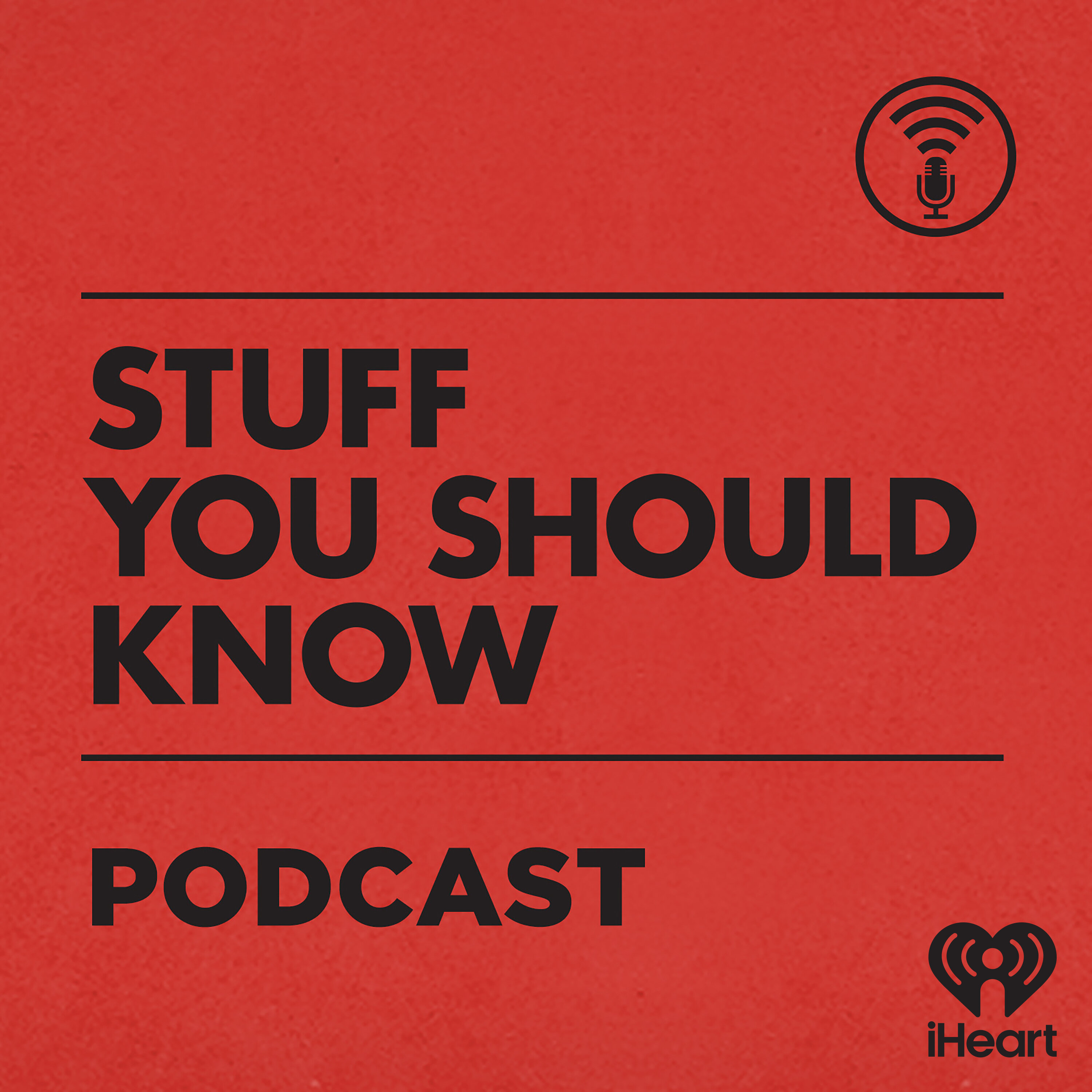
A Think First Podcast with Jim Detjen
Think First is a short-form podcast that makes you pause — before you scroll, share, or believe the headline.
Hosted by Jim Detjen, a guy who’s been gaslit enough to start a podcast about it, Think First dives into modern narratives, media manipulation, and cultural BS — all through the lens of gaslighting and poetic truth.
Some episodes are two minutes. Some are ten. It depends on the story — and the energy drink situation.
No rants. No lectures. Just sharp questions, quick insights, and the occasional laugh to keep things sane.
Whether you’re dodging spin in the news, politics, or that “trust me, bro” post in your feed… take a breath. Think first.
Visit Gaslight360.com/clarity to sharpen your BS filter and explore the 6-step clarity framework.
🚨Distorted (Advanced Copy) is set to release on October 14, and pre-orders are now available on Amazon and Barnes & Noble.
Reserve your copy today — and join me in cutting through the distortion.
Paperback and Kindle: Amazon
Hardcover: Barnes & Noble
A Think First Podcast with Jim Detjen
#65 The Coin Shortage That Wasn’t · Think First
Remember those little signs at checkout in 2020?
“Due to a national coin shortage, please use exact change or pay with card.”
Was it really about supply chain disruption — or was it a quiet nudge to push us further into a cashless society?
In this episode of Think First, Jim Detjen unravels the strange story of the “coin shortage” — why it appeared everywhere at once, how it shaped our payment habits, and what it reveals about crisis-driven behavior.
Was it a shortage of coins… or a shortage of truth?
Stay sharp. Stay skeptical. #SpotTheGaslight
Read and reflect at Gaslight360.com/clarity
This is Think First, where we don't follow the script. We question it Because, in a world full of poetic truths and professional gaslighting, someone's got to say the quiet part out loud. Remember the year 2020? Why did every store in America suddenly have a coin shortage at the exact same time? Seriously, was there a nationwide epidemic of people hoarding quarters in underground bunkers? Did the treasury forget how to make nickels? Or was something else going on? Because here's what happened In the middle of a global pandemic, while businesses were closing, schools were remote and hand sanitizer was currency, a curious little sign started popping up at checkout counters everywhere.
Speaker 1:Due to a national coin shortage, please use exact change or pay with card. It wasn't just one city. It wasn't just Walmart. It was everyone all at once. Walmart, it was everyone all at once. So let's think first. Who decides there's a coin shortage and why does it conveniently nudge us toward a world where cash becomes optional? Was it really about supply chain disruption at the US Mint or a test run to see how easily we'd accept a cashless society? Were we being informed or being conditioned? A few questions worth your spare change. If coins were really in short supply, how did Coinstar machines still work just fine. Why were banks still giving rolls of quarters to commercial laundromats but stores claimed they couldn't break a $10 bill? Why did this shortage mysteriously resolve itself without fanfare once people stopped noticing? And how did we go from please use exact change to we no longer accept cash in less than two years? Let's back up.
Speaker 1:In June 2020, the Federal Reserve issued a formal statement acknowledging what they called a temporary disruption in coin circulation. Not a minting problem, not a metal shortage, just a circulation issue. Meaning coins were out there, they just weren't moving. Why? Because businesses were shut down, people weren't spending coins and banks weren't ordering them in bulk. That's the official story and fine, that checks out on paper. But here's the thing those laminated signs at checkout didn't say circulation slowdown, they said shortage. And that one word, swapped in like a sleight of hand, framed the whole event as a crisis.
Speaker 1:Meanwhile, digital payment adoption skyrocketed Tap-to-pay, qr menus, apple Wallet, venmo, all convenient, all trackable. We were told. This was for our safety, to reduce touch points, to protect workers. And hey, maybe that was true. But it also primed a new behavior Cash equals dirty, card equals clean. And just like that, we nudged into a new economic posture without a single vote, debate or policy shift. That's not a conspiracy, that's marketing. Here's where it gets interesting. Several behavioral economists, including folks at Harvard's Kennedy School, have written about crisis nudges, moments when fear or urgency allows institutions to test consumer flexibility.
Speaker 1:Now, to be clear, that doesn't mean the coin shortage was planned, but it does raise the question once a shift is triggered, who benefits from letting it linger? Because, no matter what caused the signs, there was very little public messaging to bring them back down. The US Mint even released a weird animated PSA that summer With cartoon coins begging Americans to use them again. You probably didn't see it. No one did, because by that point the message had already sunk in Coins were a hassle, cash was a relic, tap-to-pay was the future.
Speaker 1:Now ask yourself if you were a government facing rising debt, or a tech firm craving transaction data, or a retailer looking to reduce theft and speed up checkout. Wouldn't removing cash solve a lot of problems with fewer costs, more control and full traceability? In other words, what looks like a harmless policy can actually become a silent shift in power. And the best part, you don't have to ban cash, you just make it inconvenient. That's not tyranny, that's user experience design.
Speaker 1:So was the coin shortage, real Kind of. But what made it powerful wasn't the lack of metal, it was the story we were told and how quickly we believed it. Because if a single sign at checkout can change our habits that fast, what else are we one press release away from accepting? I'm Jim Detchen and you don't need all the answers, but you should question the ones you're handed, because sometimes the most valuable currency is a working memory Until next time. Stay skeptical, stay curious and always think first, want more. The full six-step framework we use is at gaslight360.com. You can also dive into the deeper story, the bio, the podcast and the mission at jimdetchincom. And if you like this one, tag it, save it, share it.
Podcasts we love
Check out these other fine podcasts recommended by us, not an algorithm.

The Megyn Kelly Show
SiriusXM
Hidden Brain
Hidden Brain, Shankar Vedantam
The Tucker Carlson Show
Tucker Carlson Network
Cato Podcast
Cato Institute
The Joe Rogan Experience
Joe Rogan
Common Sense with Dan Carlin
Dan Carlin
The Clay Travis and Buck Sexton Show
iHeartPodcasts
Revisionist History: The Alabama Murders
Pushkin Industries
Freakonomics Radio
Freakonomics Radio + Stitcher
Fearless with Jason Whitlock
Blaze Podcast Network
The Daily Beans
MSW Media
The Glenn Beck Program
Blaze Podcast Network
Countermine
Dondi&Karlin
The Shawn Ryan Show
Shawn Ryan
Left, Right & Center
KCRW
Political Gabfest
Slate Podcasts
Stuff You Should Know
iHeartPodcasts
TED Talks Daily
TED
The Fifth Column
Kmele Foster, Michael Moynihan, and Matt Welch
The Jesse Kelly Show
iHeartPodcasts
The Jordan B. Peterson Podcast
Dr. Jordan B. Peterson
